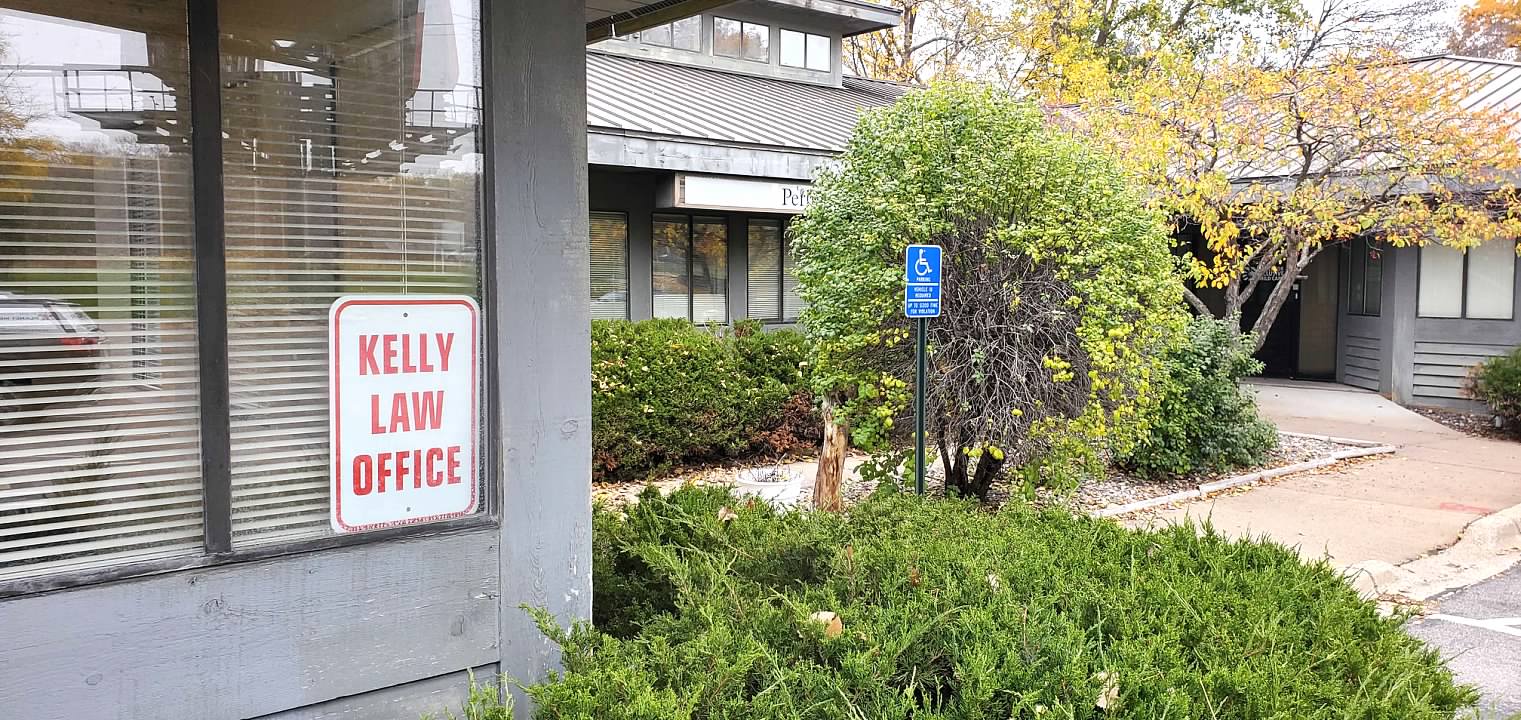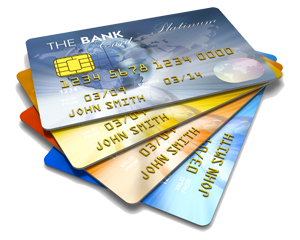The New York Times and the Associated Press have been reporting new statistics just released by the “New York Fed.” I’m sorry, but I talk Minnesotan and “New York Fed” is not something in my vocabulary. So I looked that up and find that it’s the Federal Reserve Bank of New York. If you can’t believe them, then who can you believe.
The New York Fed says that consumer debt in the US now exceeds the level it was at before the recession. I will admit that I’ve been wondering a bit, because over the past couple months my phone has been ringing a lot more than it did in 2015 and 2016. I think the ringing of my phone might be a better barometer of what’s going on than the financial reports in the media. I remember in 2008 when it started ringing like never before, they were still saying on the financial news networks that there was no sign of a recession. The media in general wants to downplay economic problems. So I figure if they are actually reporting a story like this, things are probably worse than they are admitting.
The New York Fed goes on to say, however, not to worry. The new debt is proportionately more auto loans and student loans than it was in 2008, and besides the people with the debt are more credit worthy now. In addition, home ownership is down and a higher percentage of mortgage debt is held by people over 65, as if that somehow was good news. They admit that the student loan debt is getting up there and could be a bit high. Also it might be that defaults on those auto loans are on the rise. But a lot of the language in these stories is very soothing, so not to worry.
My opinion, based more on what I see with my own eyes, is this. I think it is time to worry. People may be back to work, but their earnings are down. They still need to drive and the old car can only go so far, so they are getting car loans that they can’t really afford. If they are not back to work they are back to school, getting student loans that they can’t afford. Getting credit might be a bit more work than it used to be, but with the help of Credit Karma and other similar sites the lenders can still be manipulated into granting credit to people who really can’t afford it. Maybe on paper they look more credit worthy, but that could be as much a fiction now as it was in 2008. In other words, I believe individuals in this country are getting overextended again. For many, another bubble may be about to burst.
This post is for general information purposes only, is not legal advice and does not create and attorney-client relationship.






